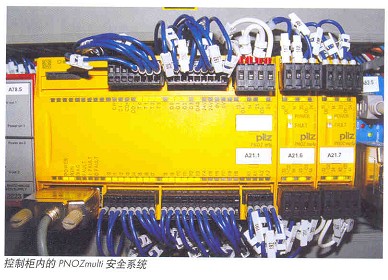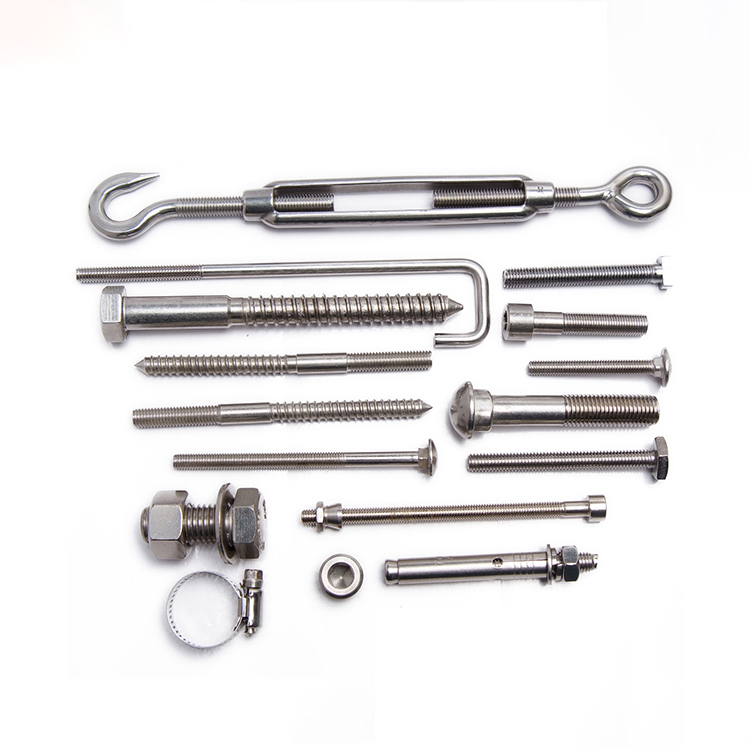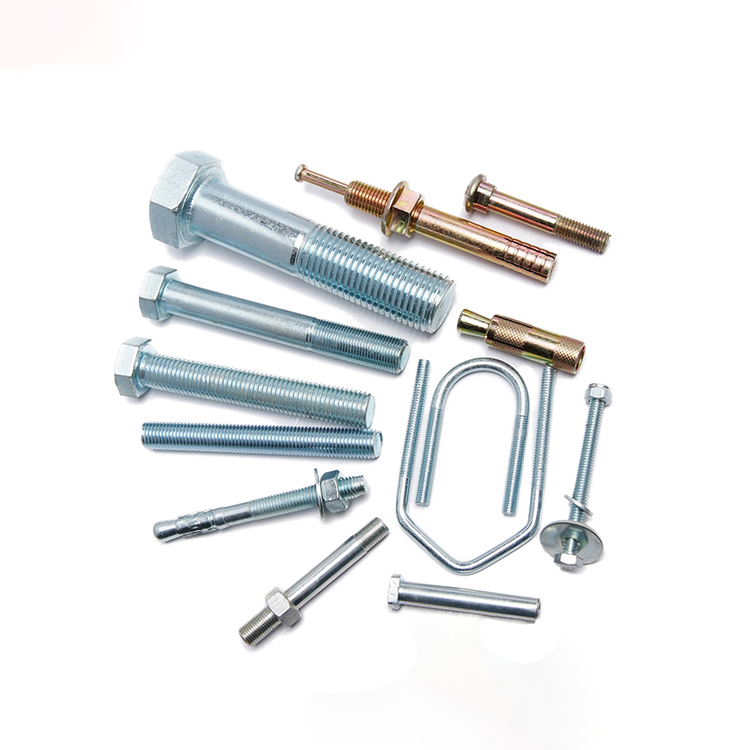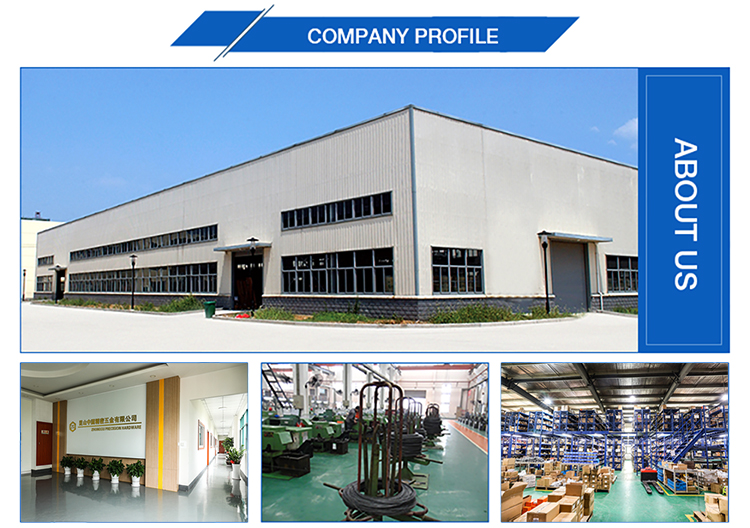Investing in wind turbine safety control will bring tangible safety and economic benefits, greatly reducing mechanical losses, saving materials, reducing costs and up to 20 years of operation, all in the long run. positive influence.
Wind turbine generators are functionally defined as being subject to Machinery Directive (MD) and are required to be declared in accordance with Appendix IIA. Several independent machines will also be treated as a machine when they are integrated and controlled. By applying the CE mark, the manufacturer confirms that its machinery complies with the relevant European Directive (EU Directive) and has performed all necessary evaluation tests.
The CE mark cannot be considered a quality-related criterion. It is also just a statement by the manufacturer that its machinery meets all necessary EU directives for health and safety protection. Since the EU Directive does not automatically add relevant national laws and regulations in a timely manner, EU member states need to incorporate them into their national laws. In Germany, for example, the Electromagnetic Compatibility Directive 2004/108/EC passes the Electromagnetic Compatibility Act (EMVG), Low Voltage Directive 2006/95/EC through the first chapter of the Equipment and Product Safety Act (electrical equipment pair under certain voltage limits) (Environmental Impact Specification) (GSGV 1), MD98/37/EC is incorporated into national law through Chapter 9 (Mechanical Specifications) (GSGV 9) of the Equipment and Product Safety Act. Once EU directives are adopted by the laws of each country, they are legally bound and must be enforced. Of course, this also applies to the new Machinery Directive 2006/42/EC, which will be enforced without a transition period from January 29, 2009.

Don't throw safety outside the clouds
IEC61400 and EN6I400 are respectively international nuclear European standards for wind turbines, and several parts of them propose safety-related standards. There are two main factors that need to be considered for wind turbines. First, the certification standards for wind turbines published by Gensaw GL clearly list the functional requirements for safety systems in terms of redundancy and reliability; The use of safety automation technology can also provide economic benefits, ensuring that high investment costs are not lost.
Return on investment
It is important to find any wind turbine failures as early as possible. 80% of all deaths are attributed to vibration and aging fractures. All of this is due to the undesirable interaction between the kinematic chain elements, even if the mechanical individual components are the correct size. Engineers are looking for solutions from software, for example, by evaluating specific signals from aging materials and passing the information to the operating components. Essentially, it is only possible to take this action after the incident has occurred. It is best to be able to recognize the interaction and application limits of wind turbines in advance, and safe automation technology can do this by reacting to many factors in the operation of the wind turbine at the right speed, thereby extending the wind turbine The service life.
Application of Pilz magnetic safety solution on W2E fan
W2E Wind to Energy GmbH is located in the city of Rostock, Baltic, and is dedicated to the development of complete megawatt wind turbines. Its W90 wind turbine (2.5 MW, blade radius 90 m, tower height 160 m) uses a complete safety control system, which is a logically prioritized and conceptually independent system. The first step in W2E is to generate a safety concept based on risk assessment in accordance with the Machinery Directive. The final result of the risk assessment is: According to EN954-1, the safety control system must reach Cat.3 or Cat.2 (SILZ corresponding to EN62061) Or PLd of ENISO13849). For its W90 model, Pilz has designed a safety solution with PNOZPmulti as the main safety control and module. PNOZPmulti monitors several emergency stop buttons, low-voltage main switches: oil pressure protection and seal protection for transformers; monitoring pitch logic control unit, while PNOZPmulti also monitors a wide range of restrictions such as active power, vibration, generator speed, fan speed And the angular position, clockwise and counterclockwise rotation; at the same time PNOZPmulti also evaluates the signal from the fire protection system. When a fault occurs in the internal or external part of the wind turbine or the safety signal is triggered, or the monitored parameter exceeds the limit value, the dangerous situation, the control system fails, and the wind turbine cannot remain within its normal operating range. As a control unit PNOZPmulti in the safety control system, the trigger device can be selectively responsive to keep the wind turbine set in a safe state.

W90 has been successfully used for many years and has achieved the following standards and obtained GL certification:
- Wind turbine certification guidelines;
- EN61400-1, wind turbine part l: safety requirements;
- DIBT, for the impact and safety of towers and towers of wind turbines.
Fasteners are a class of mechanical parts that are used for fastening connections and are widely used. Fasteners are used in a wide range of industries, including energy, electronics, electrical, mechanical, chemical, metallurgical, mold, hydraulic and other industries, in a variety of machinery, equipment, vehicles, ships, railroads, bridges, buildings, structures, tools, instruments, chemicals, instruments and supplies, etc.



Other Fasteners,Clevis Pins,screw,bolt,nut
Kunshan Zhonggu Precision Hardware Co., Ltd. , https://www.zgfastener.com